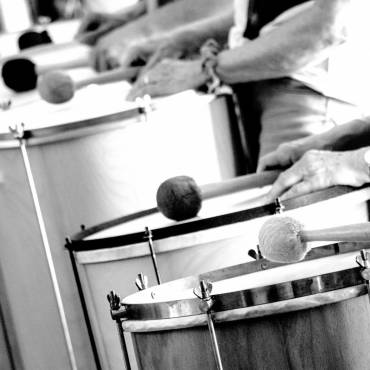Download Article Full text PDF
This thesis explores the way we perceive correspondences between music and body
movement. This is done by analysing similarities between music and movement in
terms of specific features in music and movement. The analyses have been performed
on recordings where participants were asked to make a movement that they thought
matched a short excerpt of musical sound, first in a collection of ‘sound-tracings’
where the participants made a movement on a digital tablet, and second, in a
collection of ‘free dance movements’ where the participants were asked to move
freely to music. The approach to analysis has been developed on the basis of
ecological theory of perception and motor theories of perception that address the
perception-movement link. Included in the theoretical framework is also research on
multisensory perception.
As a point of departure it is assumed that correspondences is perceived on the
basis of similar changes in features in music and movement i.e. that correspondence
emerges when music and movement co-evolve and change similarly within the same
time window. Changes in features are thus analysed on what we call a chunk level in
both music and movement.
The analyses of the ‘sound-tracings’ demonstrate how participants are sensitive to
correspondences on the basis of changes in pitch, timbre, mode of production (e.g.
sustained vs. iterative) and onset density. The analyses of the ‘free dance-movements’
material show that correspondences emerge when overall activation change similarly
in music and movement. On more detailed level correspondences are observed in
terms of changes in onset density, articulation, speed, as well as how music and
movement is subtly performed as ‘pulling’/’stretching’ or ‘hurried’/’jerky’.
These findings suggest that there is a certain consistency in the way we perceive
music-movement correspondences. However, the analyses also clearly demonstrate
that correspondences emerge flexibly, i.e. that the same musical excerpt may
correspond to different variants of movement. It may therefore be difficult to analyse
consistency within a traditional quantitative research paradigm and it is proposed that
music-movement relations are best examined by detailed qualitative analysis.




